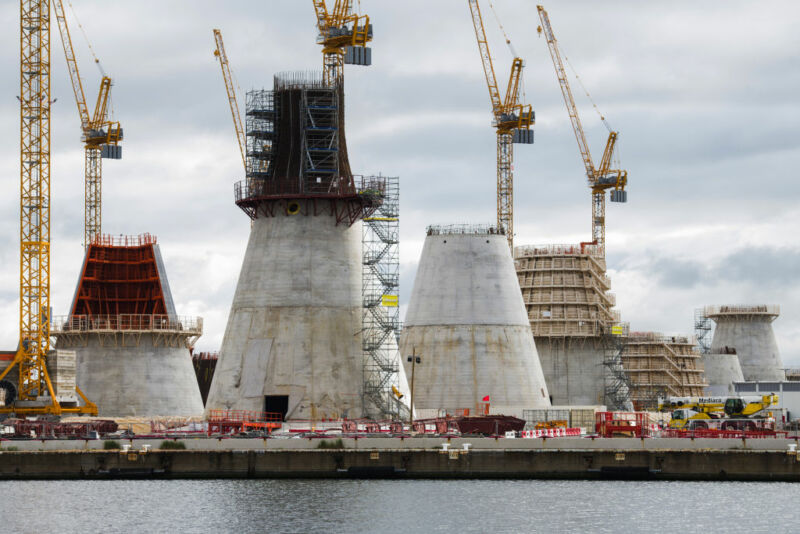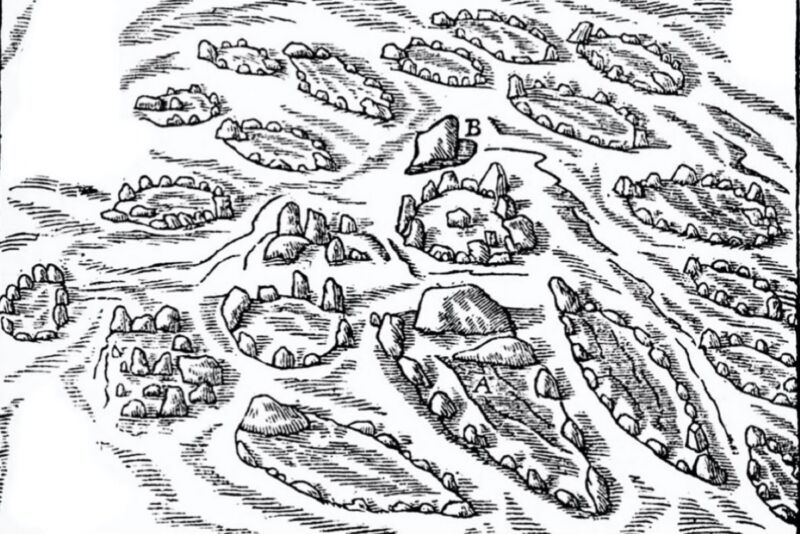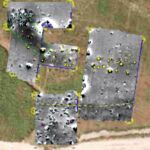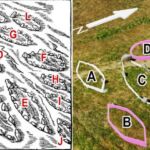Issued on: 03/07/2021 -

Text by: Grégoire SAUVAGE
Announced in September by French President Emmanuel Macron, the extended paternity leave would allow young fathers to become more involved with their children and reduce inequalities between women and men.
In France, July 1 usually heralds an increase in gas or electricity bills, but this year it brings good news as well: the 28-day paternity leave comes into effect this week and includes a mandatory week off for new fathers. The long-awaited reform will give fathers time to invest more in parenthood and home life.
The reform doubles the current length of paternity leave for a father or second parent of a biological or adopted child to 25 days plus three for the birth from the current 11 plus three days. The three days of birth leave will be paid by the employer, while the remaining days will be covered by the social security system.
In the case of a multiple birth, seven days of leave are added, for a total of 32 days compared to the current 18.
Nicolas, a nurse in a care home in Morbihan, whose little girl is due to be born in just under two weeks, will be among the first to benefit from the new policy.
"This is our first child. We can't wait to meet this little being and discover her world," he told AFP. "Being able to take a month off, it's a right and a very strong social benefit that makes it possible to enter fully into fatherhood and also be there to supplement the mother at home."
This 40-year-old father-to-be has already planned everything. To allow his colleagues to "also get a breather during the summer" he will take a few days of vacation around the birth in mid-July, then in August, before taking his entire leave in September.
His employer "immediately validated" his request, Nicolas said, adding that he believes that "the way people look at the role of the father has changed".
Encouraging fathers
"[It’s] a real evolution," said David Malczuk, 27, who will welcome his second child at the end of July and has already arranged to take a month off work.
When his first child was born, the industrial designer had saved his 11 days of vacation time to travel with his wife and their son to Russia, where his wife is originally from.
"She gave birth on a Wednesday. I stayed with her in the maternity ward until Sunday, and on Monday I went back to work. I was exhausted, I had bags under my eyes," he recalled. "This time, I will be able to develop a rhythm with the baby and regain some energy."
Paternity leave is currently optional and taken by about seven out of ten fathers, a figure that has changed little since the scheme was introduced in 2002 and which conceals major social inequalities: 80 percent of employees on permanent contracts make use of it, compared with less than 60 percent on fixed-term contracts.
"It's not just a question of what fathers want: there are still many psychological obstacles, particularly with regard to the company," said psychotherapist Isabelle Filliozat, vice president of the "1,000 Days Commission", which recommended that the government increase paternity leave to nine weeks.
According to her, the reform should "encourage more fathers to take it" because "the compulsory week will help them in their negotiations with their bosses".
Changing roles at home
Attitudes towards parenthood are largely formed in the first days after birth.
"It's not a question of role or gender," Filliozat said. "If you are around a child on a daily basis, you become more sensitive, attentive and develop your parenting skills."
However, "fathers do not have enough opportunity to have time with their infants, they form less of an attachment, feel a little less involved and may tend to leave parenting tasks to the mother, which generates a lot of conflict," she added.
The 28-day leave is nevertheless "laughable" in the eyes Marie-Nadine Prager of the Collective PAF (For a Feminist Parentality).
"It's probably better for bonding with the baby, but not for reviewing the place of each person in the household," said the activist, arguing for parental leave based on the Scandinavian model, well-paid and divided between the parents.
Changes may be introduced in the autumn, at the conclusion of a study on the balance between work and family life that Christel Heydemann, from Schneider Electric France, and sociologist Julien Damon have been conducting since March.
The cost of the measure is estimated at €260 million in 2021, then €520 million per year.
(FRANCE 24 with AFP)
This article was translated from the original in French.


















